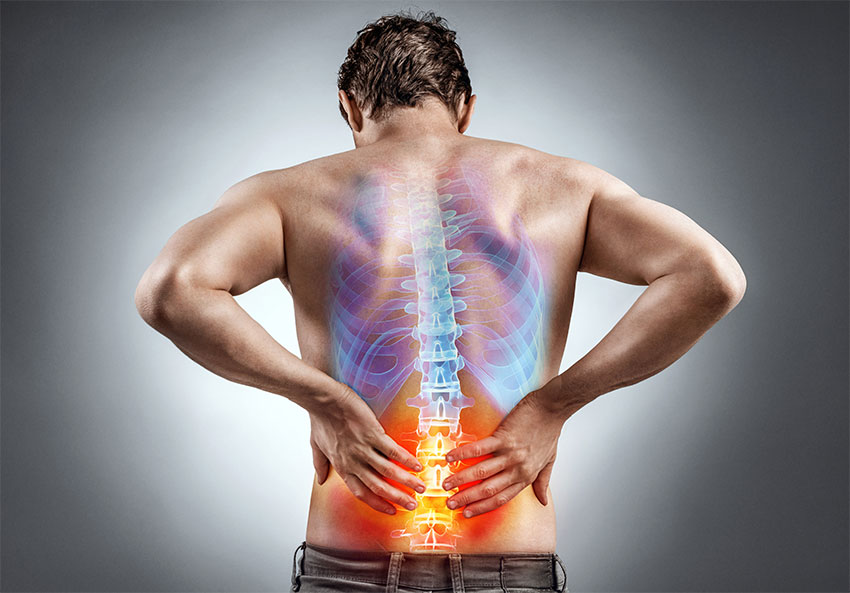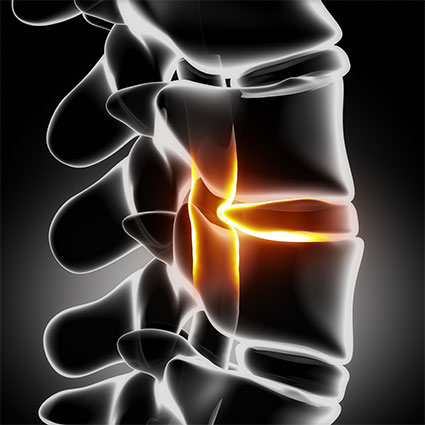Is Spine Shape An Indicator of Back Pain?
Can the shape of your spine be an indicator of back pain? Some researchers in the UK pondered the question, so they did a study of nearly 1500 patients. Nurses interviewed patients at various ages (36 to 64) regarding their pain as part of the National Survey of Health and Development. Patients were asked about recurring or severe backache, sciatica and lumbago, and were also asked about the frequency and severity of the pain. Looking at the time points of data, the research team turned their attention to the long-term course of pain for people like this.

Back pain is a leading cause of disability around the world. In fact, it is the most prevalent musculoskeletal condition, affecting people of all ages. It takes a considerable toll, both on the individual sufferer as well as society as a whole.
Back pain is a very complex problem with many contributing factors — biological, biomechanical, psychological and even social factors – all of which contribute to its onset and severity. The UK researchers looked at a particular biological aspect – spine shape – because there have been past scientific suggestions that anatomical variations of the spine might predispose certain individuals to a higher risk of both pain and injury.
A bone imaging technique called dual-energy x-ray absorptiometry was performed to get an accurate picture of spine shape at ages 60 to 64. The researchers looked at cumulative exposure to back pain and reported pain during different adult ages.
Furthermore, as people age, the spine undergoes degenerative changes which can also lead to back pain. Conditions like osteoarthritis, osteoporosis, degenerative discs and vertebral fractures often occur as the spine changes structure due to these conditions. All of these ailments have also been linked to back pain as well as reduced spine flexibility and mobility. Unfortunately, it is a vicious cycle, because decreased mobility and flexibility of muscles and joints can lead to further trauma and pain.
There have been past studies regarding the relationship between back pain and spine shape but they have only assessed pain at a single age. In this study, by measuring pain across a nearly 30-year span in patients, the researchers discovered that “back pain is often a recurrent, intermittent problem with prior history predictive of future episodes.”
The researchers found some interesting results. It turns out that people who had wedge-shaped lumbar vertebrae, particularly in the L4-5 region and a smaller disc spaces had higher cumulative back pain during adulthood. This turned out to be the case in both male and female patients. These patients tended to report pain in their back across multiple ages of adulthood.
Spine shape does vary among the human population. Some people have curvier spines than others (called lordosis). When the spine is curvier, a person uses a different lifting technique, which may make that person more likely to have LBP, and higher risk for lower back injury. Interestingly, this research found no correlation between the curviness of the spine and back pain. This study was unique in that it had a large population of subjects and because it measured pain levels across four time points in adulthood (between ages 36 and 64). The findings are promising and may provide information toward the best strategy for managing and even perhaps preventing back pain.
